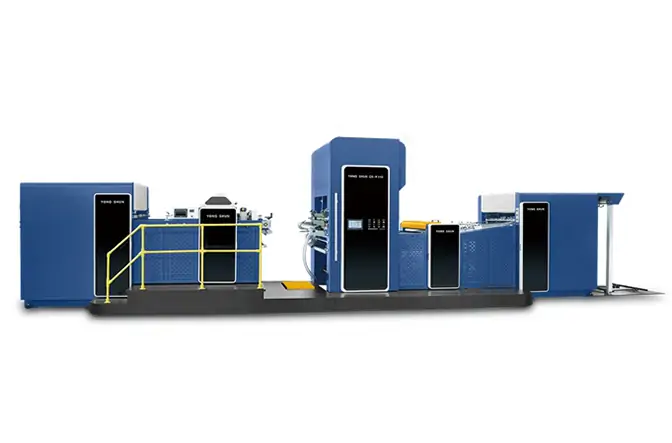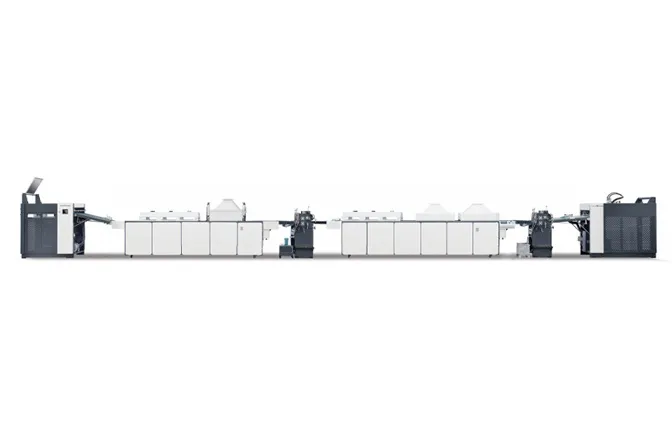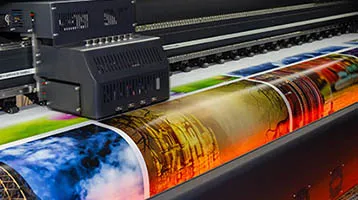A film laminating machine is a device used to cover documents, photos, or other products with a protective layer of plastic film. This process not only enhances the durability of the items but also improves their appearance, providing a glossy or matte finish. The machine works by feeding the document and film through heated rollers that melt the adhesive on the film, bonding it to the item.
Prepare the Document: First, ensure that the item you want to laminate (such as a document, card, or photo) is properly cut and ready for lamination. Choose the appropriate size of laminating pouch or film that matches the item’s dimensions.
Select the Film and Machine Settings: Place the document between two sheets of laminating film or use pre-made laminating pouches. Check the film thickness and the laminator's settings—thicker films usually require a higher temperature setting. Most laminating machines allow you to adjust the heat and speed, depending on the type of film you're using.
Preheat the Laminator: Turn on the machine and wait for it to reach the required temperature. A light indicator usually signals when the machine is ready. Depending on the machine, it may take a few minutes to fully heat up.
Feed the Document into the Machine: Place the document, with the laminating film around it, into the machine’s feed slot. Ensure that the document is aligned properly to avoid wrinkles or misalignment. It’s important to insert the film with the sealed side facing outward.
Laminating Process: As the document moves through the heated rollers, the machine will apply pressure and heat, melting the adhesive on the film and sealing it securely onto the document. This process creates a smooth, glossy or matte finish, depending on the type of film used.
Cool and Trim: After the document emerges from the machine, let it cool for a few moments before handling. This ensures that the film hardens and fully bonds to the document. If there is excess film around the edges, you can trim it with scissors or a paper cutter to give the laminated item a clean, professional look.
Check the Finished Lamination: Once the lamination is complete and the item has cooled, inspect it for any wrinkles, bubbles, or imperfections. A properly laminated item should have a smooth, clear surface with no air pockets.
By following these steps, you can achieve a professional and long-lasting finish for any project, whether for personal or business use. Whether you're preserving memories, creating professional presentations, or enhancing marketing materials, a automatic laminating film machine offers an efficient, cost-effective way to achieve high-quality results.




GET A QUOTE